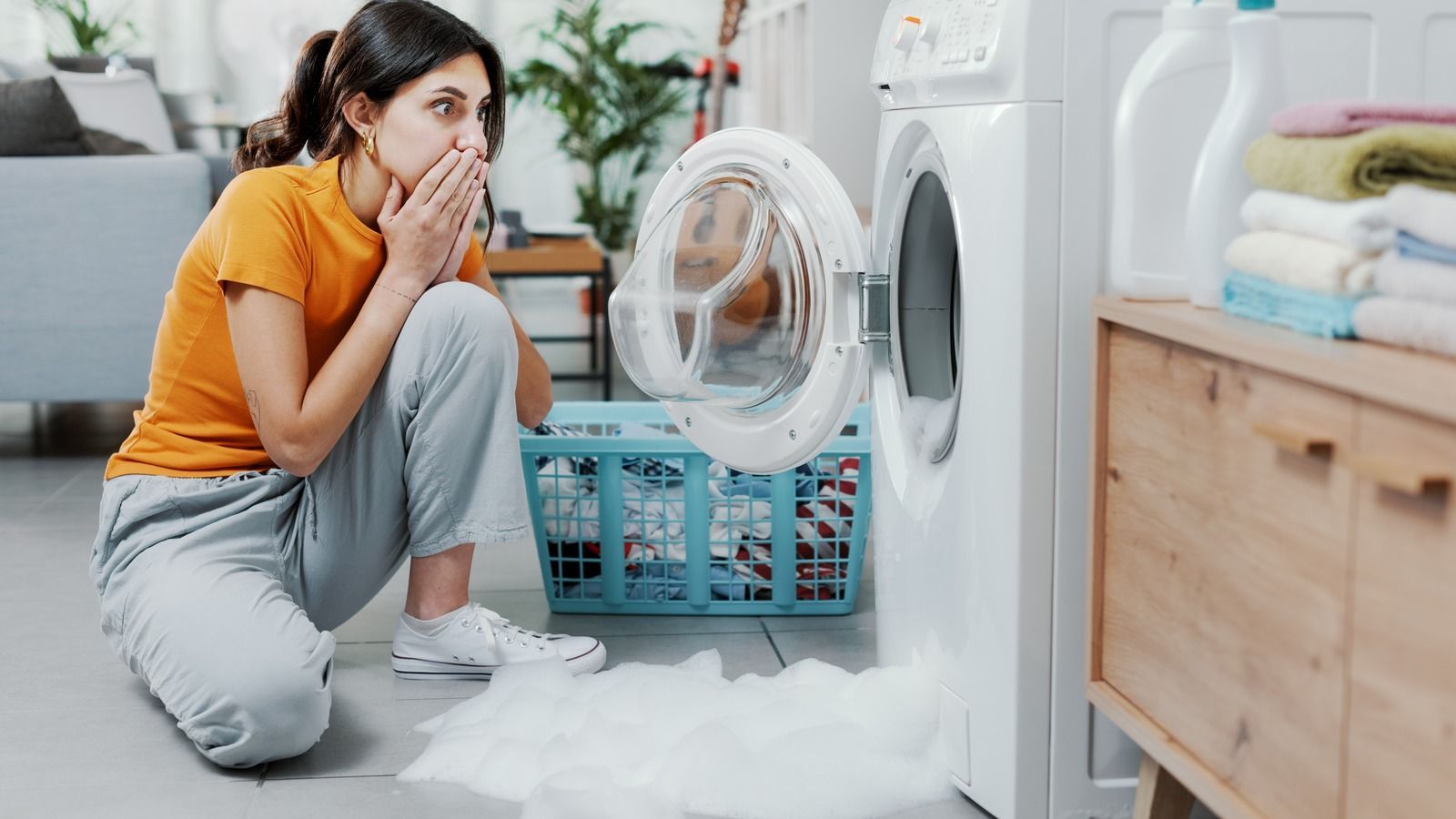
Removing Suds from Your Washing Machine: Tips and Tricks
How to Effectively Remove Suds from Your Washing Machine

How to Effectively Remove Suds from Your Washing Machine
At Sultan Appliance Repair, we often encounter customers using significantly more detergent than their manufacturer recommends. This common oversight can lead to annoying suds overflows and unnecessary service calls. To help you avoid these issues and save on potential costs, we've put together essential tips on how to manage excessive suds and ensure you're using your washing machine correctly. Plus, a surprising fact: did you know Miele recommends using only 1/8th of a cup of liquid detergent for their washing machines? If you're using more, you're likely adding too much!
Understanding Suds Errors
Modern washing machines are equipped with sensors designed to detect excessive foaming. When too many suds accumulate, your machine may display specific error codes, typically listed in the user manual or available on the manufacturer's support site. Familiarizing yourself with these codes can help you quickly diagnose and resolve issues without the need for professional assistance.
Common Causes of Excessive Suds
1. Overuse of Detergent: This is the primary cause of suds overflow. Using more detergent than necessary can lead not only to excess suds but also to machine issues that are preventable.
2. Non-HE Detergent in HE Washers: High-efficiency (HE) washers are designed to work with low-sudsing HE detergent. Using regular detergent in these machines will lead to a surplus of suds.
3. Residual Build-up: Leftover detergent from previous washes can create suds during later cycles. Regular maintenance is essential to prevent this build-up.
Quick Fixes for Suds Overflow
Vinegar and Salt Method:
To quickly reduce suds, add one cup of white vinegar and a tablespoon of salt to the washing machine drum. Run a regular cycle without any clothes to clean out the suds and any detergent residue. This simple home remedy is effective and environmentally friendly.
Preventive Tips
1. Correct Detergent Usage: Always consult your washing machine’s user manual for recommended detergent types and proper usage guidelines. Our blog provides additional insights on selecting the right detergent.
2. Accurate Detergent Measurement: Use the measuring cap provided by the detergent manufacturer to ensure you're adding the correct amount based on your load size and soil level.
3. Regular Washer Maintenance: Monthly cleaning of your machine is recommended to remove any detergent residues that could contribute to foam formation.
When to Consult a Professional
If home remedies don't resolve the suds problem, it may be time to seek professional help. This could indicate a malfunctioning sensor or a need for more comprehensive cleaning. Contact Sultan Appliance Repair Service for expert service and advice.
Additional Resources
For issues with dishwashers or other appliances that may encounter similar foaming problems, such as accidentally using dish soap in a dishwasher, refer to comprehensive guides like this helpful wikiHow article on removing dish soap from dishwashers. This can provide you with step-by-step instructions to handle similar suds issues in different appliances.
Properly using your washing machine not only prevents suds problems but also extends the lifespan of your appliance. Remember, the key to efficient appliance use is following the manufacturer’s guidelines and performing regular maintenance. For more useful tips and detailed guides, check out our blog.



